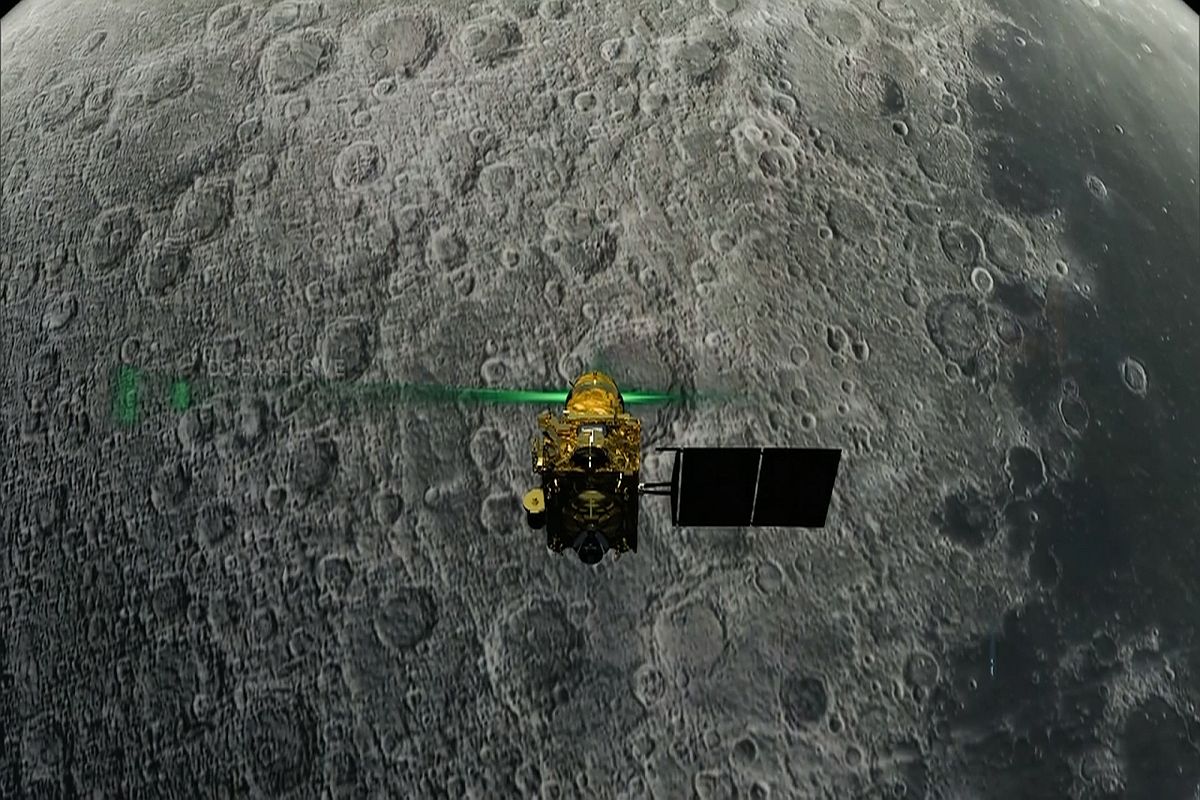NASA has revealed that ISRO’s the Chandrayaan 2 lander had a “hard landing” when it lost contact with the ground station during its historic attempt to soft land on the lunar surface. The American space organisation also said that its team of scientists has not been able to locate it.
“The Chandrayaan-2 lander, Vikram, attempted a landing Sept. 7 (Sept. 6 in the United States), on a small patch of lunar highland smooth plains between Simpelius N and Manzinus C craters. Vikram had a hard landing and the precise location of the spacecraft in the lunar highlands has yet to be determined,” NASA said in a tweet and released pictures of the targeted landing site, labelling the craters.
Advertisement
“The images were taken at dusk, and the team was not able to locate the lander,” the US space agency said in a tweet. The moon orbiter will try to “locate and image the lander” again in October when lighting will be favourable. The pictures were captured by NASA’s Lunar Reconnaissance Orbiter spacecraft during its flyby on September 17.
Attempts to contact the 14-day mission life Vikram, ended on September 21 as lunar night began to fall in the south polar region of the moon where the lander was attempting its descent.
On Thursday, ISRO chief K Sivan said a national-level committee is analysing “what really went wrong with the lander.”
Sivan told news agency ANI, “We have got no signal from lander. A national-level committee is now analysing what really went wrong with the lander. May be after the committees submits the report, we’ll work on the future plan. Necessary approvals and other processes are required. We are working on that.”
“Our next priority is Gaganyaan mission,” the top space scientist in the country added. India had expected to make space history with the Rs1,000-crore Chandrayaan 2 mission.
A successful soft landing on the moon’s surface would have made the country only the fourth, after the United States, Russia and China – to achieve the feat. It would also have made India the first country to complete a soft landing near the South Pole on its first attempt.











